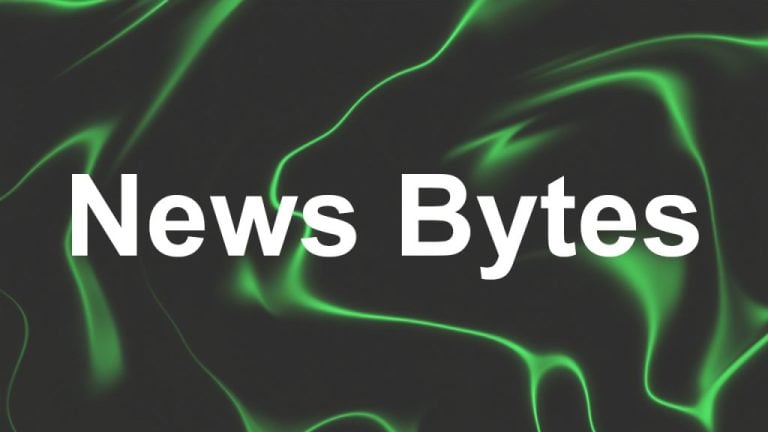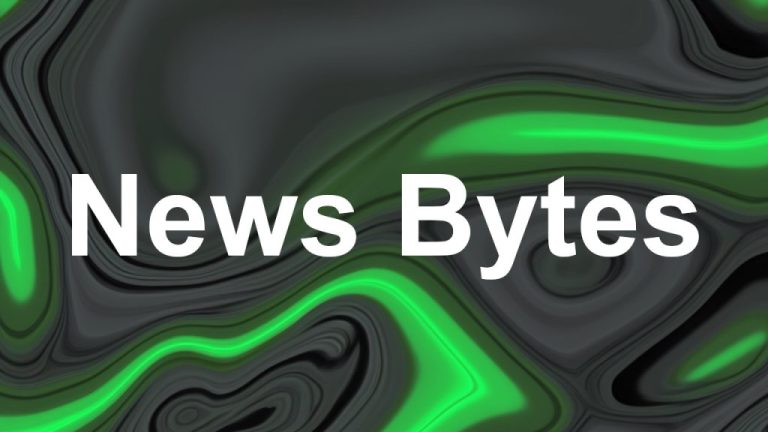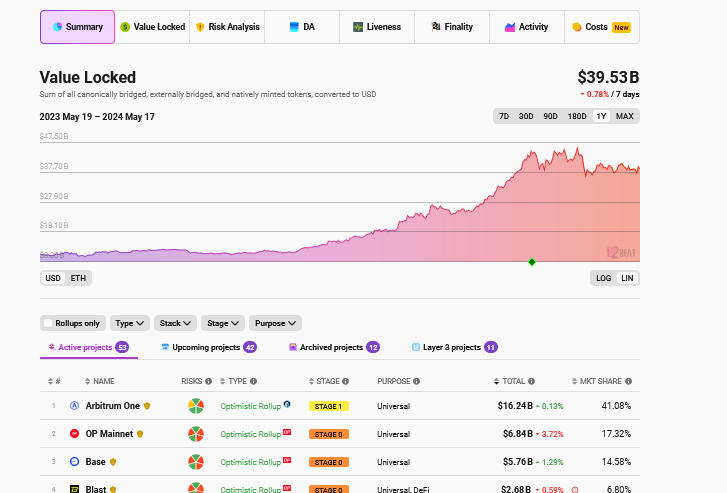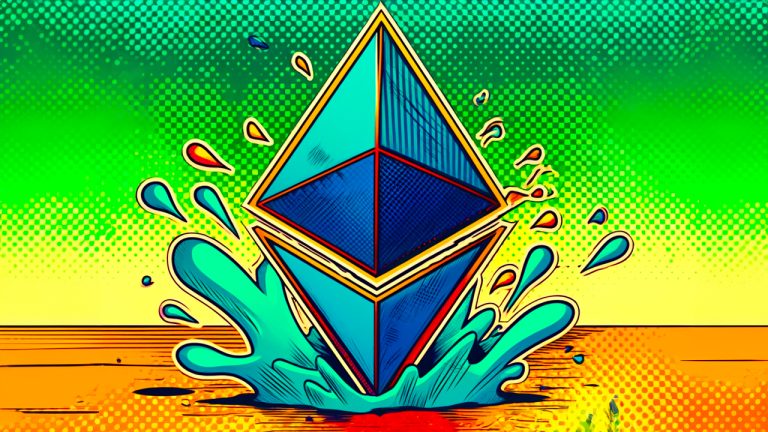Credits to plurBUDDHA for this post over at r/nervosnetwork
The following is not meant as a means to showcase why Nervos is better than any other chain. It is not meant to prove any chain is better than Nervos. This write-up is to provide users with an understanding on the basic functionalities of both, their solutions to blockchain issues, and how they can function together in the larger crypto market. This is for educational purposes only.
PoW, PoS, or PoA?
- Nervos
Nervos is a Proof of Work network, with NC-Max for a consensus. NC-Max is based off of Nakamoto Consensus and improved for higher throughput and protected against selfish mining. Nervos runs on ASIC mining rigs that use the Eaglesong hash algorithm. Using PoW helps to keep layer 1 of Nervos secure and decentralized, while Eaglesongs tri-layer cryptographic puzzle enables the network to utilize 100% of bandwidth maximizing efficiency & throughput.
- Cosmos
Cosmos is a Bonded Proof of Stake network, with Tendermint for a consensus. Tendermint is a Byzantine Fault Tolerant consensus algorithm. The individual hubs and zones within Cosmos use either PoS or PoA to create network consensus within themselves. Then the Tendermint core is used to create a consensus among all hubs and zones.
Economics
- Nervos
1 CKByte = 1 byte of data space, the Genesis block initially supplied the network with 33.6GB of Coins, Miners are paid with Base Issuance from another 33.6GB supply. Base Issuance only supplies miners and goes through a halving every 4 years, the first will be in 2023. Secondary Issuance adds 1.344 GB to the network every year divided amongst the DAO (staking), Miners (state rent), & Treasury. All functionality on Layer 1 consumes coins as the network is used; this depletes the overall supply, eventually forcing the coin into a deflationary state where it becomes a SoV or Store of Value.
- Cosmos
Atom is the native coin of the Cosmos network. Atom is used to pay gas fees and users can stake Atom for fees and staking rewards. 2% of the gas fee is used to fund a reserve pool that is overseen by the governance system. The rest is used to reward validators for running full nodes and protecting the network. A high inflation rate is used to incentivize people to stake their coins and remove them from circulation. Inflation is adjusted so a target of 2/3rds of all tokens are staked.
The VM
- Nervos
Nervos uses RISC-V software as it’s VM. The choice to use RISC-V provides a high amount of flexibility when working with other chains. RISC-V is an assembly hardware language making it the lowest piece of the language stack possible. This allows the language to naturally work with other software as it natively should. Other blockchains VM’s actually run inside of the CKB-VM, Nervos doesn’t set a single standard, it accepts all standards instead. Being an assembly language the VM can expand its base set of protocols and add on RISC-V extensions allowing the network to grow, adjust and adapt to anything the crypto market throws at it.
- Cosmos
Cosmos uses a hub network that is run on the Tendermint Core. Each hub is it’s own independent blockchain that is built using Tendermint & Cosmos SDK, which allows developers to build their own PoS blockchain within the Cosmos network. The SDK is used for application specific purposes like dApps while the Tendermint core is used to connect and run individual hubs those dApps are running on.
UTXO, Account model, or Other?
- Nervos
Nervos uses a generalized UTXO model called the Cell Model. The Cell Model uses UTXO logic for all transactions with the capability of containing any asset of value. Assets on Layer 1 are stored in cells on the Common Knowledge Base (CKB); the cells can contain any capacity of data and is run with a simple lock script. Users can update their cells by signing for transactions giving them a flexibility similar to account models. All cells can verify each other as well as themselves, providing a stateful programming model. Since users can own CKBytes that are a part of the Common Knowledge Base, there is a similarity to owning real estate in this concept.
- Cosmos
Cosmos uses an account system. Every account has a pair of public and private keys that generate various addresses to verify and approve transactions.
Transactions, Fees, Smart Contracts
- Nervos
Transactions are designed to follow a two step method where each transaction is verified computationally on the client side, before being sent to a node and added into a block. This makes network fees incredibly low, on Layer 1 and virtually non-existent on Layer 2. 1 CKByte = 100,000,000 shannons named after Claude Shannon “The Father of Information Theory”. A typical fee for a two input two output transaction is 601 shannons.
All smart contracts are called scripts and the CKB has a library of scripts for developers to use. To store a script on the CKB you must own the byte size of the script in CKB, so a 1KB script would cost 1,000 CKBytes to store. Anyone who uses that script must have the CKBytes needed to run the script. So that 1KB script might take 40 bytes to run, requiring a deposit of 40 CKBytes. All CKBytes used to run a script are refundable. The only exception is NFT's; the coins are burned in the minting process. Everything on Layer 1 requires deposits, Layer 2 functionality does not.
- Cosmos
Like Eth, Cosmos uses gas to represent computational resources. The transaction is created on the client end and sent to the network for computational verification. Gas can be adjusted for quicker transaction times but the gas cost is not fully known until the time of execution. Depending on the interface the client is using, the transaction is handled differently. It can be sent directly from the user, or routed through a RPC or similar entry point. This means transactions either have a stateless verification which can be done by light nodes or stateful verifications which is done by full nodes.
Smart contracts are handled by the Cosmos SDK. They are similar to what is seen on other chains and are a series of protocols that can be used to achieve desired responses within application specific programs.
DAO/Treasury, Governance, Chain Forks
- Nervos
Nervos has two native DAOs one on layer 1 and layer 2 each, Nervos and Nexis. The DAO is the closest thing the network gets to staking, it serves as an Inflation hedge. Long term holders can store their coins either in L1 or L2 DAO and earn interest on their deposit from secondary issuance, the more users lock up their coins for 30 days at a time the larger the portion of secondary issuance they receive.
After the miner's shares, the rest of secondary issuance goes to the Treasury. Currently there is no Treasury to supply so the share gets burned, when the Treasury is created Governance will also be created requiring a hard fork. The Treasury fork and the recent addition of the B-Extension to the VM are the only hard forks the network should experience. Due to the nature of RISC-V adding other extensions only requires soft forks.
- Cosmos
For all proposals that affect the network directly users can vote on whether to implement the changes. Anyone on the network can propose changes to any portion of the network, to submit a proposal a user must submit a deposit along with the proposal to help curtail spam. While anyone on the network can submit a proposal only bonded Atom holders can vote on the submitted proposals. Voting typically lasts two weeks and once a quorum on the proposal is met then 2/3rds of the validator nodes need to confirm they are ready to implement the proposal. Once this is met the nodes will update with the new protocols and create a new consensus including the newly accepted protocols.
User Defined Tokens, NFT’s, & dApps
- Nervos
sUDT on Nervos is the token standard. sUDT stands for Simple UDT which reflects how the coin is written and operates. Abstraction is a point of focus for Nervos so xUDT & cUDT have both been created. xUDT is Extensible UDT allowing the owner to set rules that the token must comply with making the coin regulation compliant. cUDT is a Compact version of the token where data saving is highly sought after.
mNFT is the Multi-Extensible NFT standard on Nervos. The mNFT standard allows Nervos to use a single standard to produce NFT’s for every purpose, Collecting series, Gaming NFT, Decentralized Identities, & Dynamic Interactions like cooperative art. Just as there is a cUDT there is also cNFT which reduces on chain storage costs.
dApps on Nervos are able to be designed in any code of choice, the CKB-VM is specifically designed so developers can write their product once and deploy it to every chain connected to Nervos. Currently the ecosystem is fairly young with L2 only being launched in Nov. 2021.
- Cosmos
Since Cosmos works as a series of zones or hubs the SDK is capable of handling UDT, NFT’s, and dApps all within the same system. It is a modular design that will work with any language that is built on the SDK. So long as the software is compatible with the SDK it should be compatible with the other zones or hubs within the network. There is a long list of module designs to help accommodate various types of software needs.
Blockchain Trilemma, Interoperability, & State Bloat
- Nervos
Nervos looks to solve Interoperability and the blockchain trilemma through a multi layer approach. Starting with the VM interoperability is the focus making the network naturally able to emulate other chain’s environments on top of it. On layer 1 Nervos prioritizes Security and Decentralization helping to keep user assets safe at all times. Layer 2 on Nervos focuses on Scalability. L2 replicates a chain’s environment allowing dApps and users to handle transactions off chain then verifying them on chain in layer 1.
To help solve the issue of state bloat Nervos chooses to create a state rent cost for operating on L1. This means that the coins used to store dApps data on the CKB lose value over time due to the calculated inflation of Secondary Issuance. If a project begins to fail or is not being profitable then the project’s developers are incentivized to remove their dApp from the CKB and cash out the coins used to store the data. This way the developers can still retain their initial investment.
- Cosmos
Cosmos is a build once stay forever type of network but by keeping chains separate from each other both security and scalability is up to the developers themselves. Decentralization is done through Tendermint + the individual chain's choice to use either PoS or PoA.
With each chain responsible for their own security, consensus and governance. Any chain is open to building on the Cosmos network, but will need to work with the Inter Blockchain Communication Protocol to create a seamless pathway for all hubs to communicate and allow cross chain transactions to occur. This can help to deter some state bloat as developers will need to rework their code to make sure it is compatible with the Cosmos network.
I sourced as much information as I could about Cosmos from the docs/wiki provided from the main website. I do not certify that the Cosmos information provides a 100% accurate portrayal of how everything on Cosmos works. If anyone who is more knowledgeable about Cosmos feels that I have written anything incorrectly they are welcomed to correct me, and provide the documentation helping me to understand my mistake in assessing how Cosmos works functionally.
[link] [comments]

You can get bonuses upto $100 FREE BONUS when you:
💰 Install these recommended apps:
💲 SocialGood - 100% Crypto Back on Everyday Shopping
💲 xPortal - The DeFi For The Next Billion
💲 CryptoTab Browser - Lightweight, fast, and ready to mine!
💰 Register on these recommended exchanges:
🟡 Binance🟡 Bitfinex🟡 Bitmart🟡 Bittrex🟡 Bitget
🟡 CoinEx🟡 Crypto.com🟡 Gate.io🟡 Huobi🟡 Kucoin.



















Comments